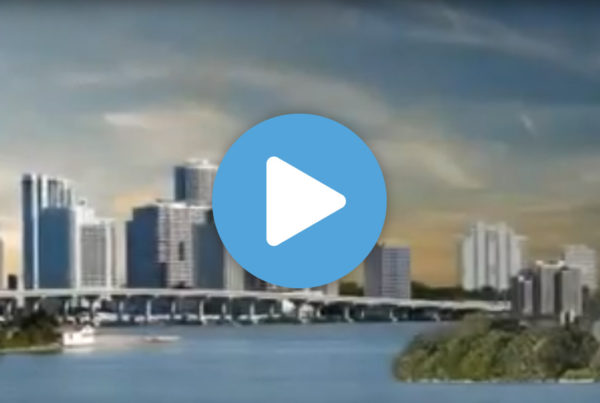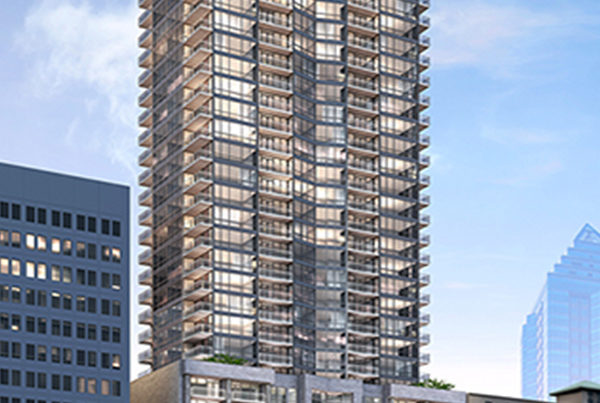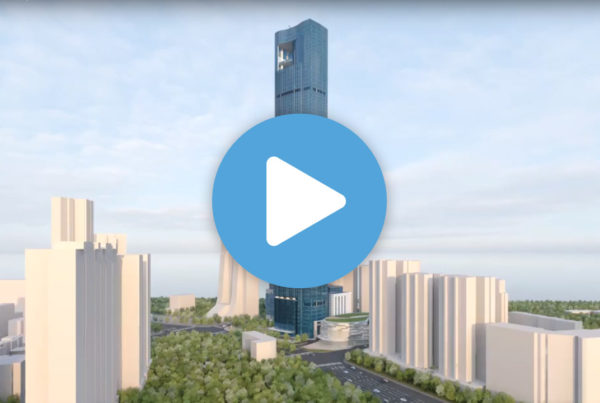How can the architecture of a building bridge the division between the inside and the outside? Plants and trees in buildings can enhance the quality of life for residents, improving social interactions and air quality and limiting noise.
What are the best ways to build greener and more social buildings with patios, terraces and irrigation?
According to Thomas Christoffersen, partner in charge at BIG, a Copenhagen, New York and London-based group of architects, designers, builders, and thinkers: “The typical tower inherently removes life from the city it occupies. Circulation is linear and social interactions occur only in lobbies or awkward elevator rides … New innovative buildings triple the amount of social interaction and reintroduce the idea of neighborhood within the tower complex.”
Building sustainable and liveable high-rises often means incorporating green spaces. By specifying native or adaptive vegetation for sky gardens, green roofs, green terraces or vertical green walls, projects can reduce overall potable water demand by half. The remaining water needs can be met with grey water, black water or stormwater re-use to achieve zero use of potable water for irrigation. For places that lack potable water, capturing and collecting the condensation dripping from HVAC systems and piping it to storage tanks is another source of water re-use, which is used in the Burj Khalifa building in Dubai.
In addition to the social and water efficiency aspects, green roofs can increase energy efficiency through better insulation, and they offer improved fire resistance, better sound insulation, and better space usage. They also contribute to air pollution reduction, and can raise the market value of a building as well.
Designing patios, terraces and open living areas challenges conventional “straight-top-to-bottom” drainage systems, as piping systems will need to be re-routed to meet complex hydraulic and additional acoustic performance requirements, which will result in significant performance loss, requiring specifically-engineered high-rise solutions. This means that new green buildings must be designed to make multi-storey irrigation possible while being energy and water efficient. (The design of recycling systems should ensure that the energy used in pumping and treating water does not surpass water savings in the sustainability equation.) For instance, in the 128-storey Shanghai Tower in Shanghai, water treatment plants are incorporated within the tower’s shaft, podium and basement level to reduce energy usage for pumping water up, resulting in a 38% reduction in water consumption thanks to grey and stormwater recycling.
Solutions
Subscribe to our newsletter
Latest news

The Studor Single Pipe System in Action


